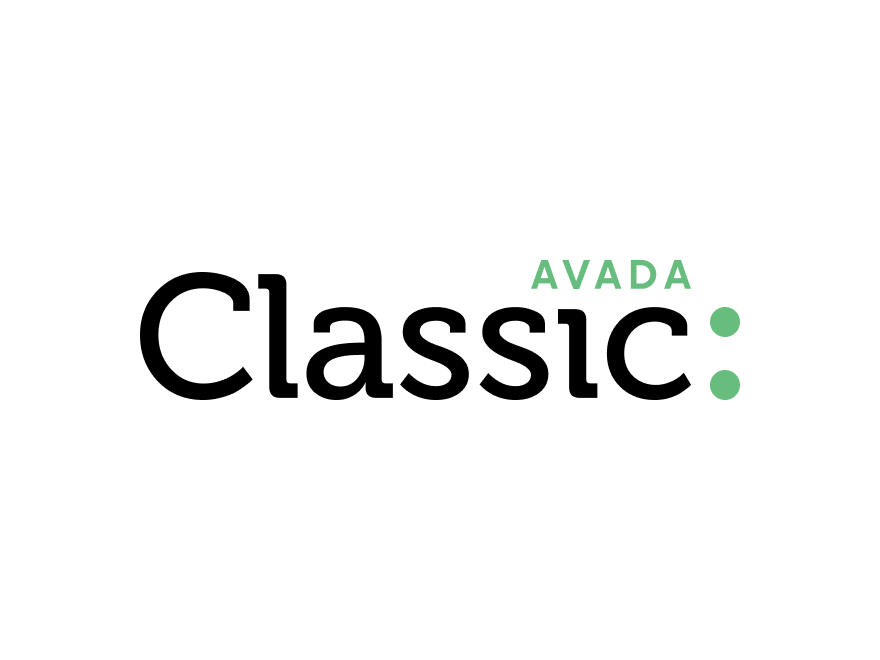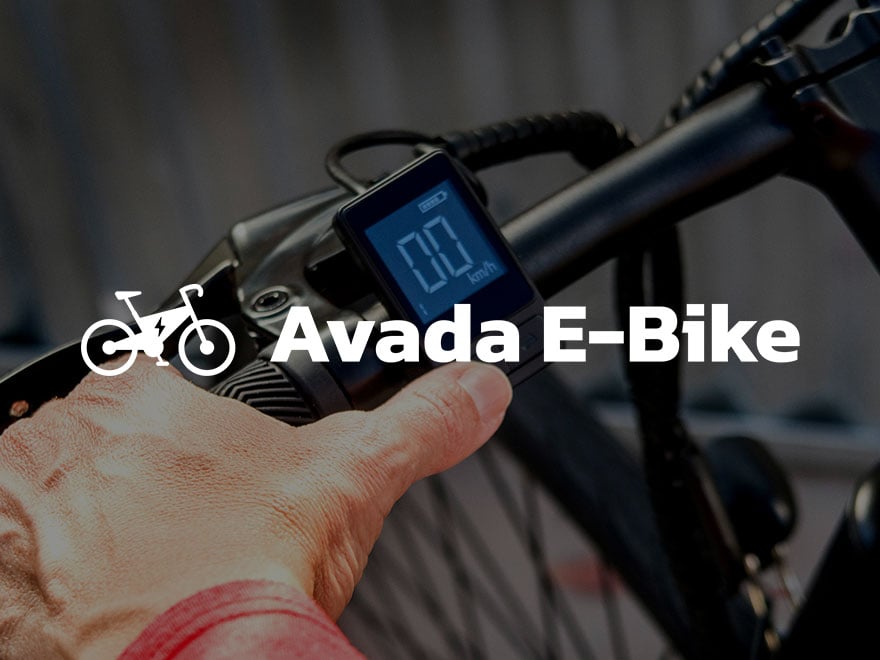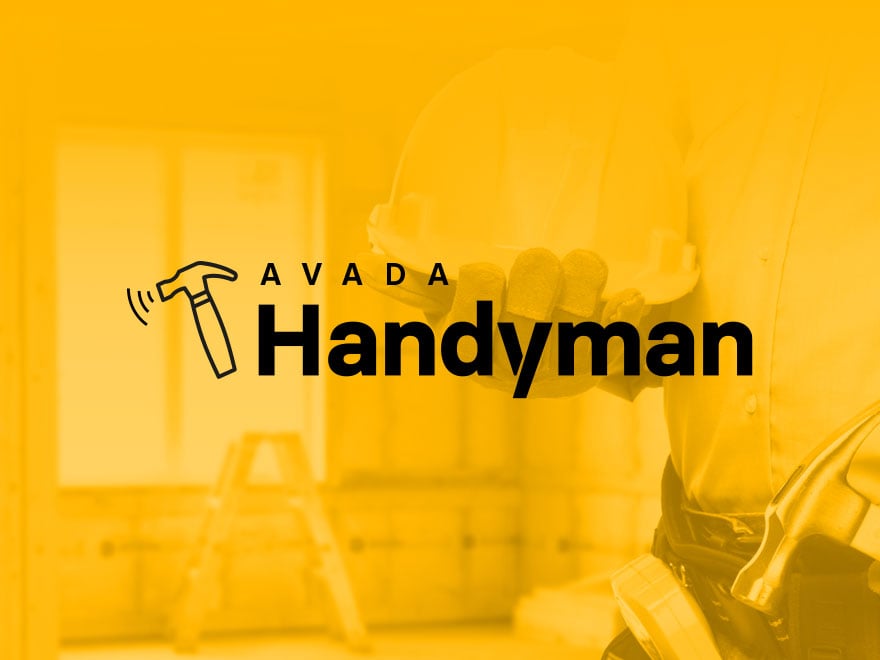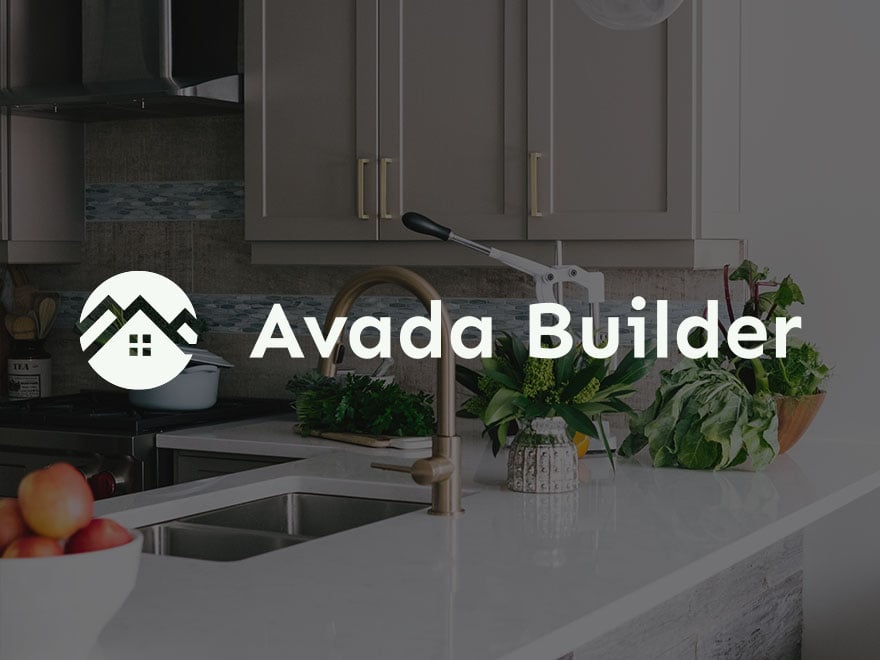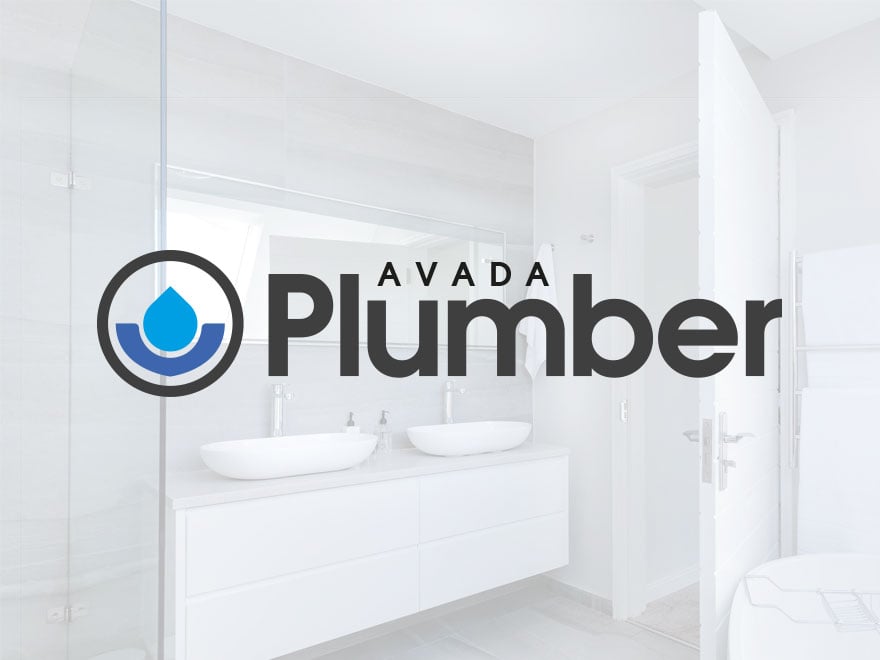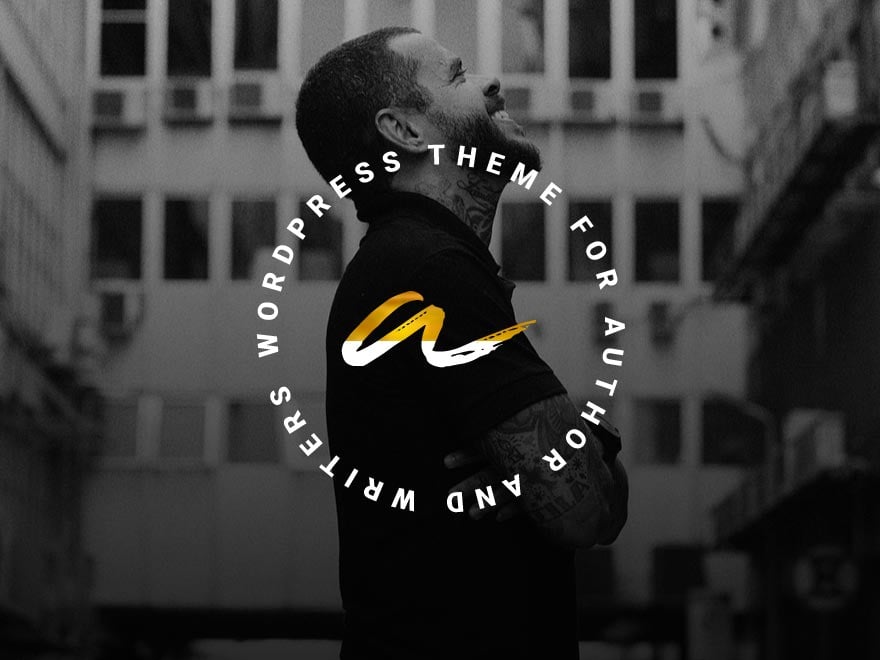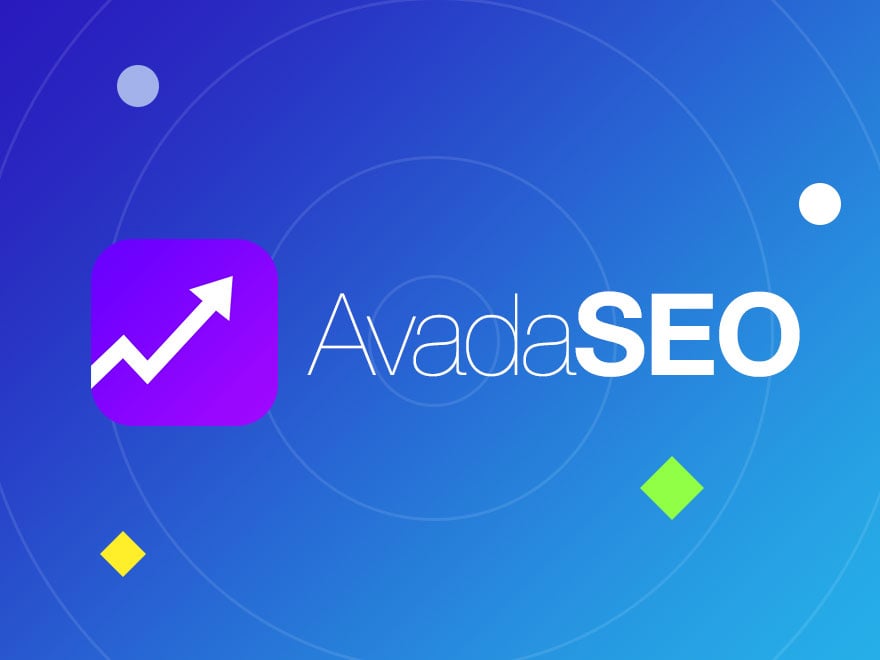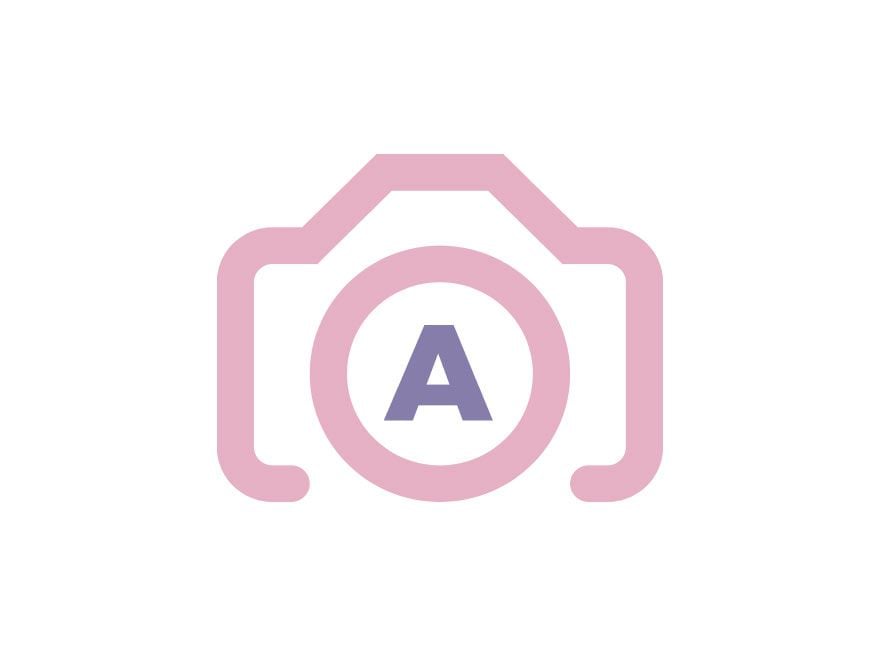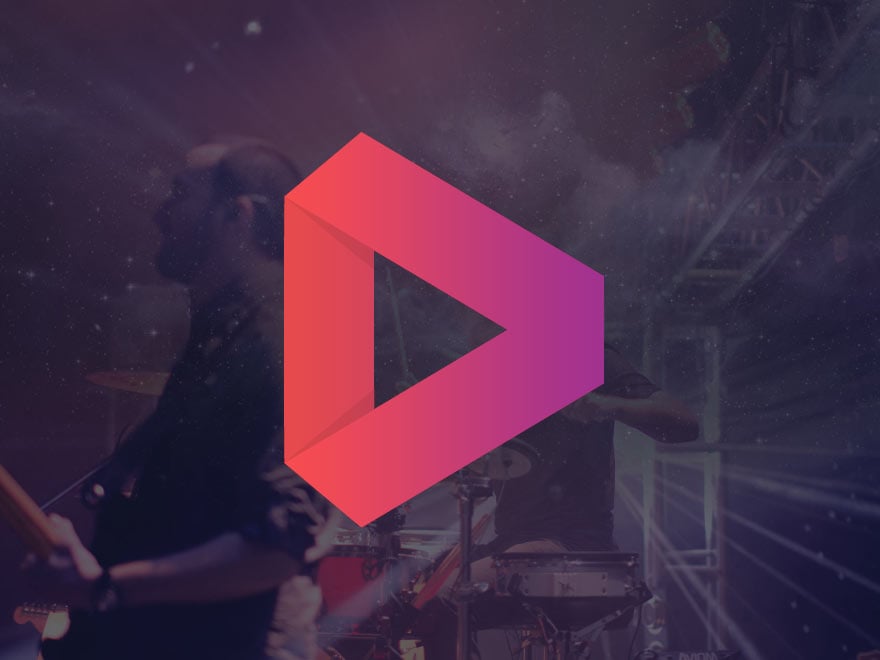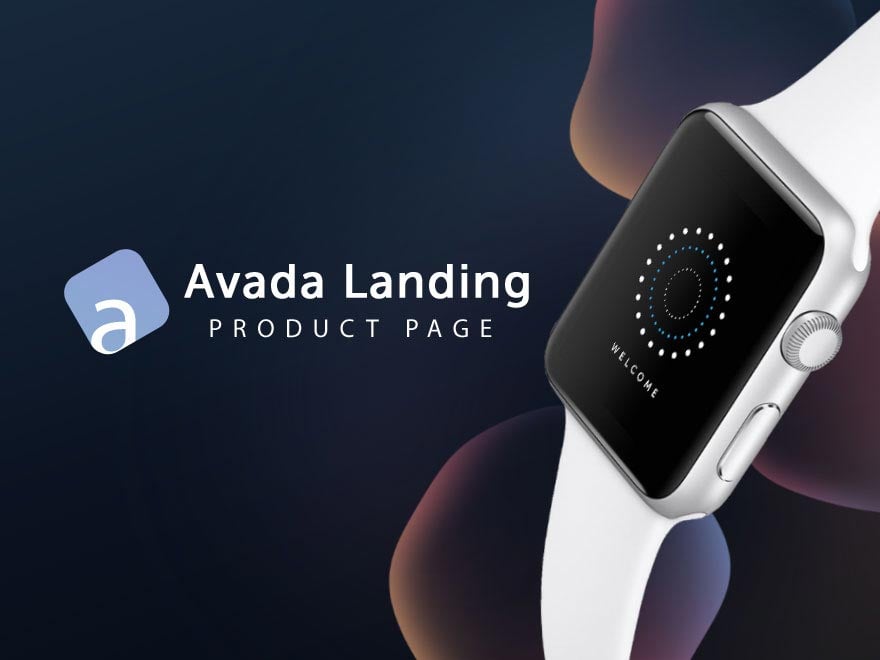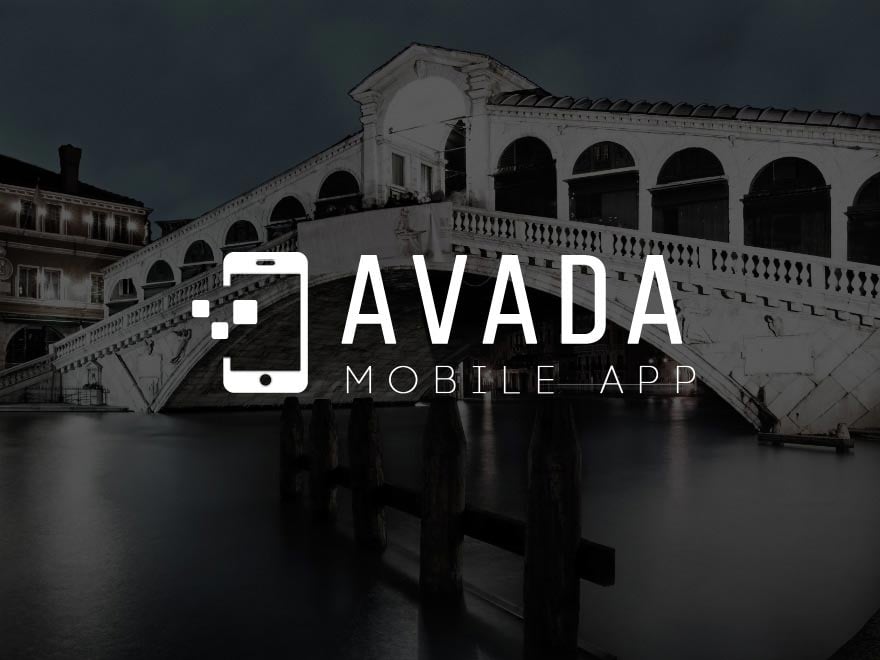Modal Element
Last Update: October 30, 2025
The Modal Element is a very versatile Element, which can be used to display additional content via a pop-up window on a page. Modal boxes are hidden by default and can be triggered by a Menu item, a Button Element, or a Modal Text/HTML Link Element, which can be either text or an image. Avada Elements can be used inside it, so you can organize your content however you prefer.
Watch the video below for a visual overview of the Element, view the Avada Modal Element page for live examples, and read on to see the complete list of options.
How To Create A Modal
To start, add the element to your desired column. You can insert the Modal element anywhere on your page, as it will be hidden, but it has to be on the same page as the trigger.
In the ‘Name of Modal’ field, enter a unique identifier for your modal. For example, popup. Keep in mind that this same unique identifier will be used in your modal trigger, which will be explained below.
Once you have configured the Element, remember to save your changes. After setting up the Modal Element, you then have to set up a Modal Trigger (button, text link, or image) on the same page, with the same matching unique identifier you added to the ‘Name of Modal’ field. See the section below for more instructions.
How To Create A Modal Button Trigger
Add the Button Element into your desired column. Locate the ‘Modal Window Anchor’ field. Enter the exact unique identifier you entered into the ‘Name of Modal’ field in your Modal element. For example, popup.
Once done, save your changes. You can now view the modal on the front end of your site by clicking the button you added.
How To Create A Modal Text / HTML Link Trigger
Add the Modal Text / HTML Link Element to your desired column. In the ‘Name Of Modal’ field, enter the exact unique identifier you entered into the ‘Name of Modal’ field in your Modal element. For example, popup.
In the ‘Text or HTML Code’ field, enter the text or content that will trigger the modal when clicked. For example, “Open this popup window for more details”. If you’d like to use an image, then enter the image tag. See below for an example.
Once done, save your changes. You can now view the modal on the front end of your site by clicking the text or image you inserted.
You can use a main menu item to launch your Modal as well. This is beneficial because it allows you to have a sitewide Modal with the duplicate content on every page of your site. This could be used in a variety of ways, but one standard method is to use it as a contact form Modal in conjunction with an Avada Forms shortcode.
Note: Since the Modal element needs to be on the same page as its trigger for it to work, you’ll need to be sure that your Modal Element is also added to a sitewide element. This can most easily be done by adding your Modal shortcode to a Global Header Layout Section (or if you are not using Layouts yet, you could alternatively put it in a footer widget). For information on generating shortcodes in Avada, please see our post here.



